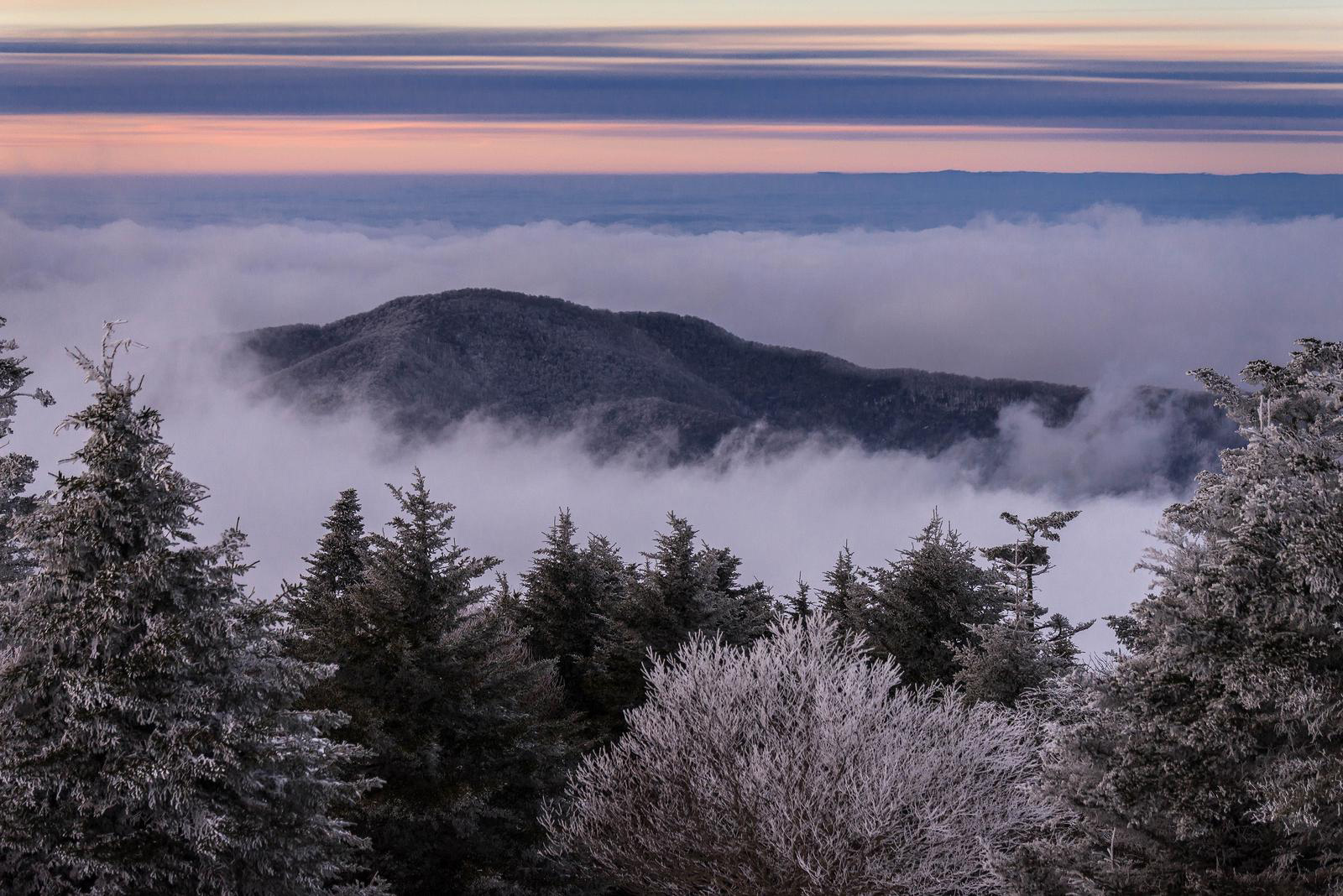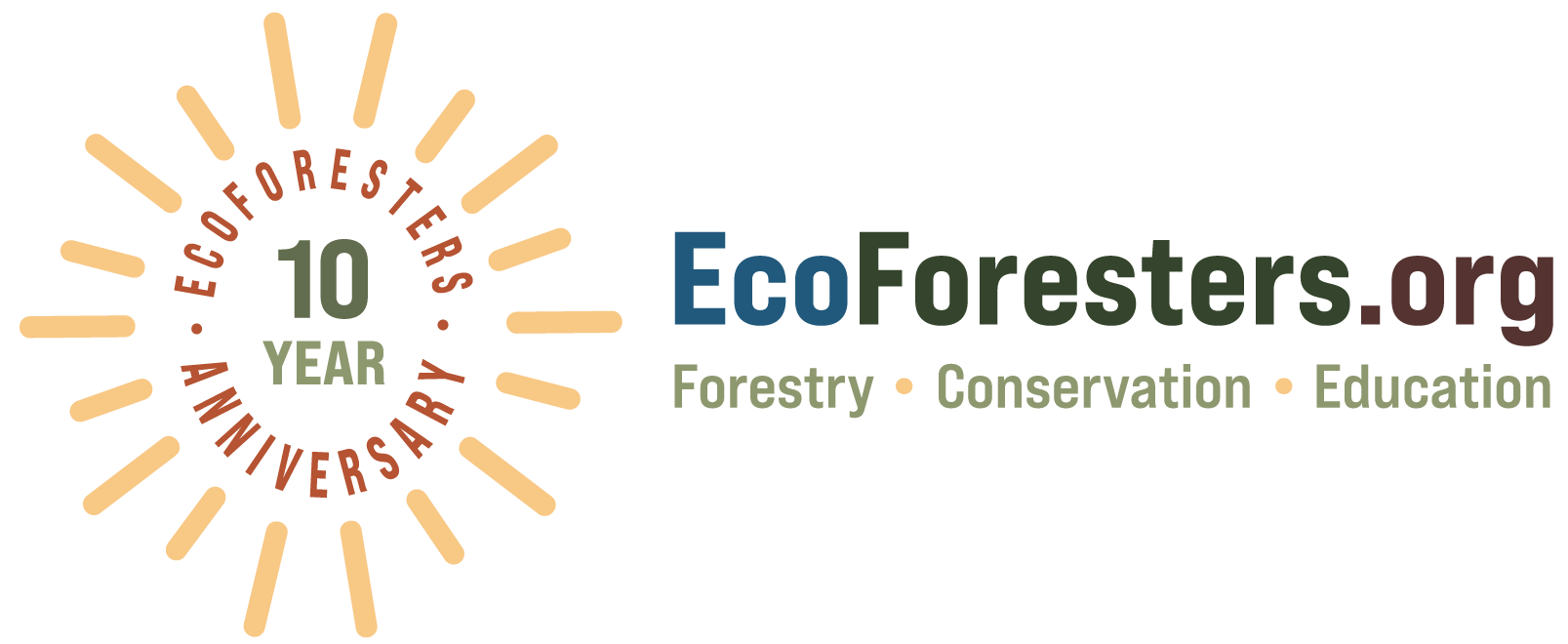
Frequently Asked Questions
Why do I need a forest management plan if I don’t plan to cut timber?
It’s important to know what condition your forest is in. Are there invasive species, erosion, or other forest health issues that need to be addressed, before they get worse? Are there opportunities to improve your forest and help you meet other goals for recreation, wildlife, or carbon storage and make your forest more resilient to future forest health challenges like climate change? Proper management of any resource requires planning and a forest management plan will help you organize your goals and objectives.
Are plans expensive?
Prices will vary by the acreage of your forest and can be estimated with a quick phone call. The cost of a Forest Stewardship Plan will pay for itself in just a few years of property tax savings through the NC Forestry Present Use Value (PUV) program, if you include sustainable timber management. So this is an investment in your forest that will pay off both economically and ecologically. You will get a clear picture of the different types of forest you have and their condition, and, moreover, how you can leave your forest better than you got it.
How can cutting trees be beneficial for a forest?
Oak is a good example, it needs disturbance (e.g. timber harvesting in absence of natural disturbances which are not happening at historic rates in our middle aged forests) to allow in more sun to regenerate in most current forests. But also for many old fields that were planted into white pine, which needs to be thinned and “managed”, or came up all yellow poplar, these are far less diverse, and, therefore, healthy than they could be. So by harvesting some of these very common trees we can help create more diverse forests both in species composition and structure (by creating more underrepresented young forest through harvesting).
Why are invasive plants problematic for forests?
Without any action to control them, invasives will get worse and do even greater damage to forests. In the case of oriental bittersweet or kudzu, when it gets bad enough it will literally kill mature trees and destroy native forests. Other plants (e.g. multiflora rose, privet) can completely take over the growing space in the understory greatly reducing native tree regeneration; and the non-native, highly invasive tree-of-heaven can completely take over and dominate even the overstory.
What if I just want to learn more about my forest?
We are happy to consult with forest landowners large and small to give them a better sense of their forest and what they can do to have a positive impact on it. A forest stewardship plan is a comprehensive way to learn about your forest, maps your forest, and provides a strategy to improve all its values. We can also address whatever specific questions a landowner has or just provide a basic ecological assessment of the forest.
I have a plan now, but don’t know where to start?
The best way is to consult with a forester so they can help prioritize the actions that need to happen first. For instance people often call wanting to do a timber harvest but don’t realize they have invasive plants that must be controlled first. We can help you sort through what your forest needs, and what other options there are to improve it as well.
